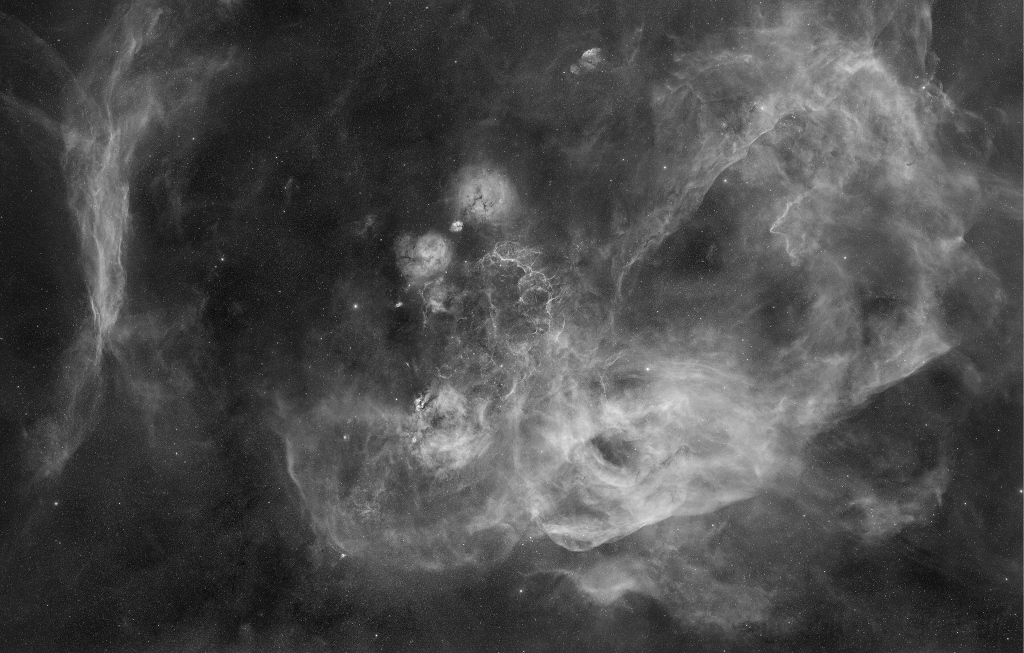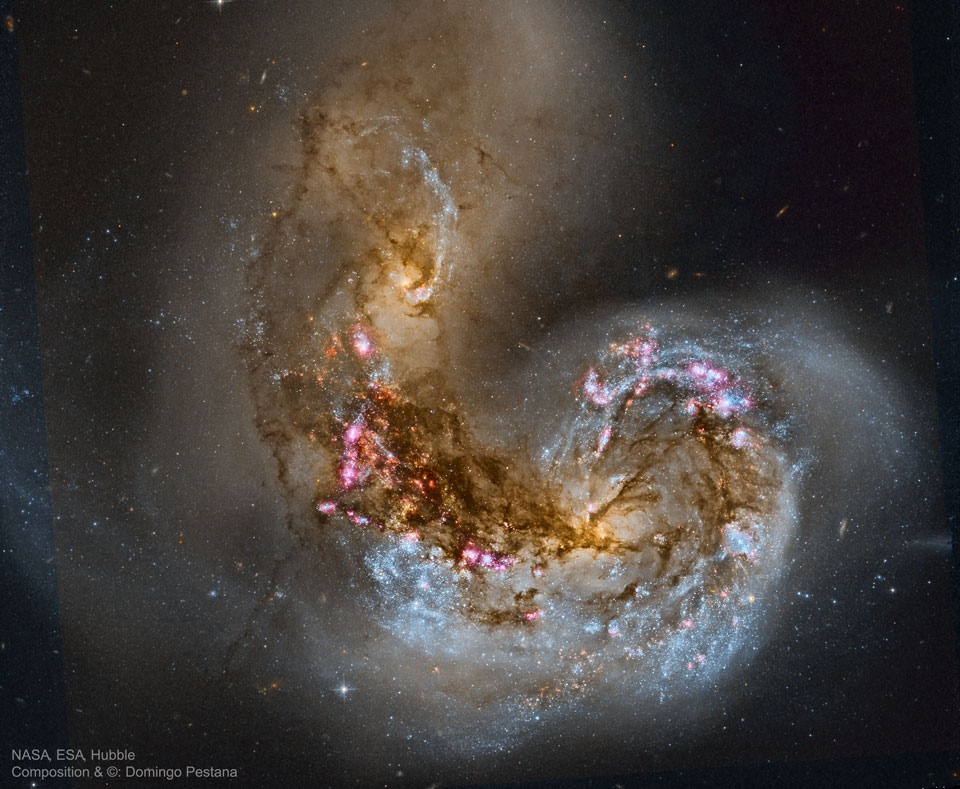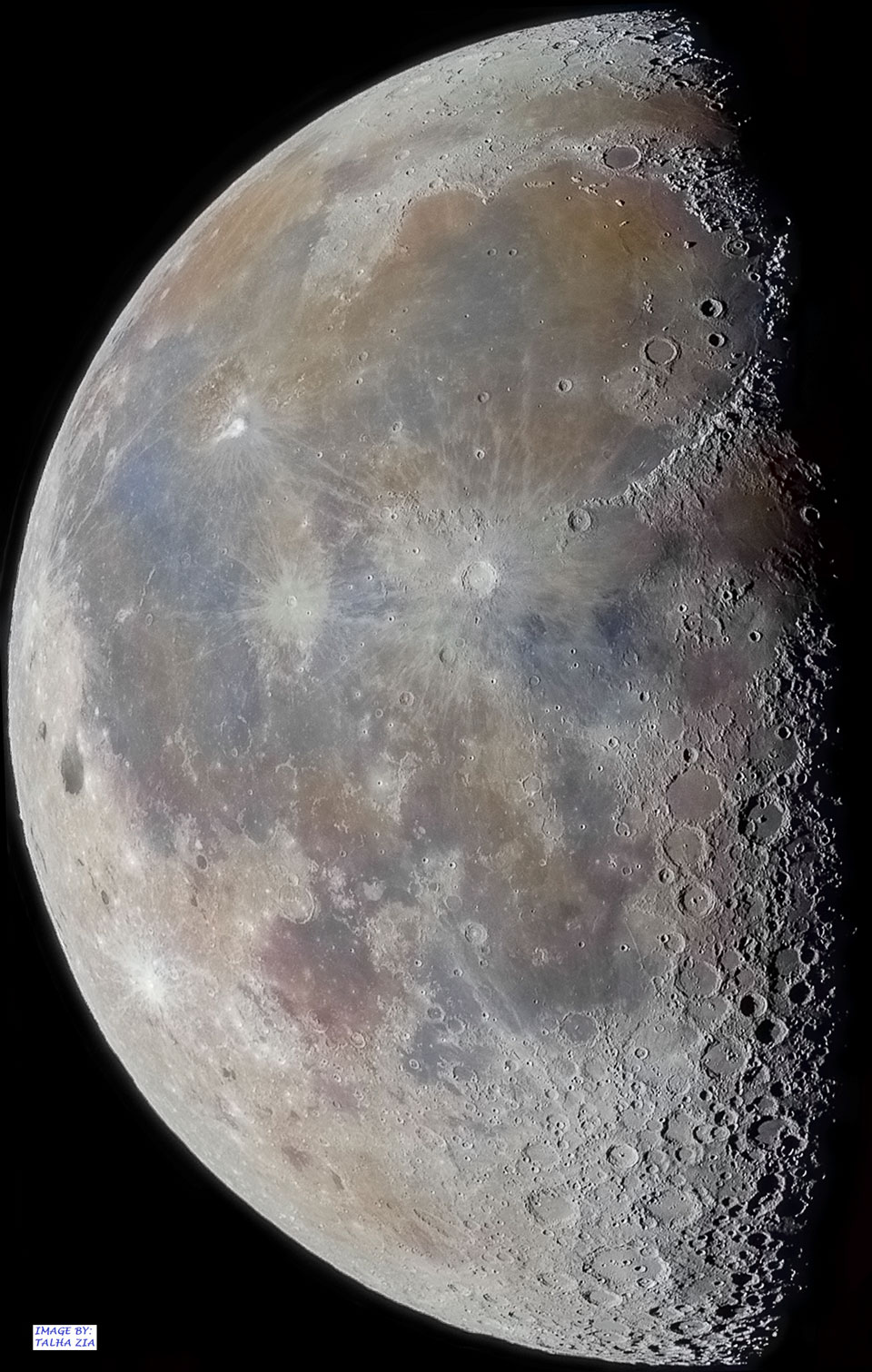
The Gum Nebula Expanse

NASA Awards Contract for Space Telescope Mission
NASA has awarded a contract to Ball Aerospace and Technologies Corporation, Boulder, Colorado, for the primary instrument components for the Wide Field Infrared Survey Telescope (WFIRST).
from NASA https://ift.tt/2x8Ay5n
via IFTTT![]()
LIFTOFF!
GRACE-FO Launches to Provide a Unique View of Earth’s Climate
Spiral Galaxy NGC 4038 in Collision

Twin Spacecraft Launch to Track Earth’s Water Movement
A joint U.S./German space mission to track the continuous movement of water and other changes in Earth’s mass on and beneath the planet’s surface successfully launched at 12:47 p.m. PDT Tuesday from the California coast.
from NASA https://ift.tt/2s5ADRm
via IFTTT![]()
Craters and Shadows at the Lunar Terminator

NASA Invites Media to View New Mission to Study the Frontier of Space
Media will have the opportunity June 4-5 for tours, interviews and photographs of NASA’s Ionospheric Connection Explorer (ICON) as it prepares to leave Vandenberg Air Force Base in California for a scheduled mid-June launch from Kwajalein Atoll in the Marshall Islands.
from NASA https://ift.tt/2x0Hnph
via IFTTT![]()
Steve Jurczyk Appointed NASA Associate Administrator; Krista Paquin Retires; Melanie W. Saunders Named Acting Deputy Associate Administrator
NASA Administrator Jim Bridenstine has named Steve Jurczyk as associate administrator, the agency’s highest-ranking civil servant position
from NASA https://ift.tt/2rYblp0
via IFTTT![]()



